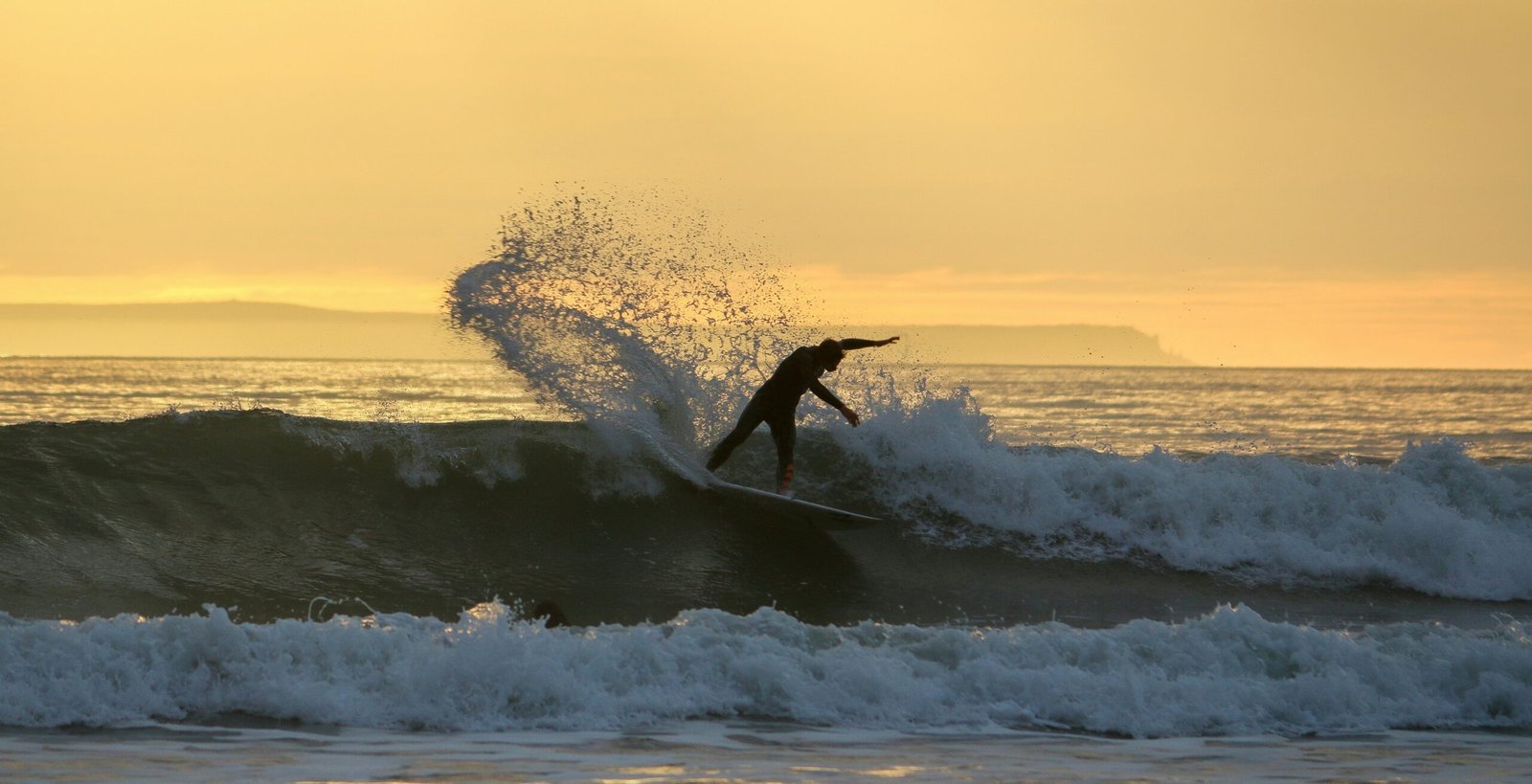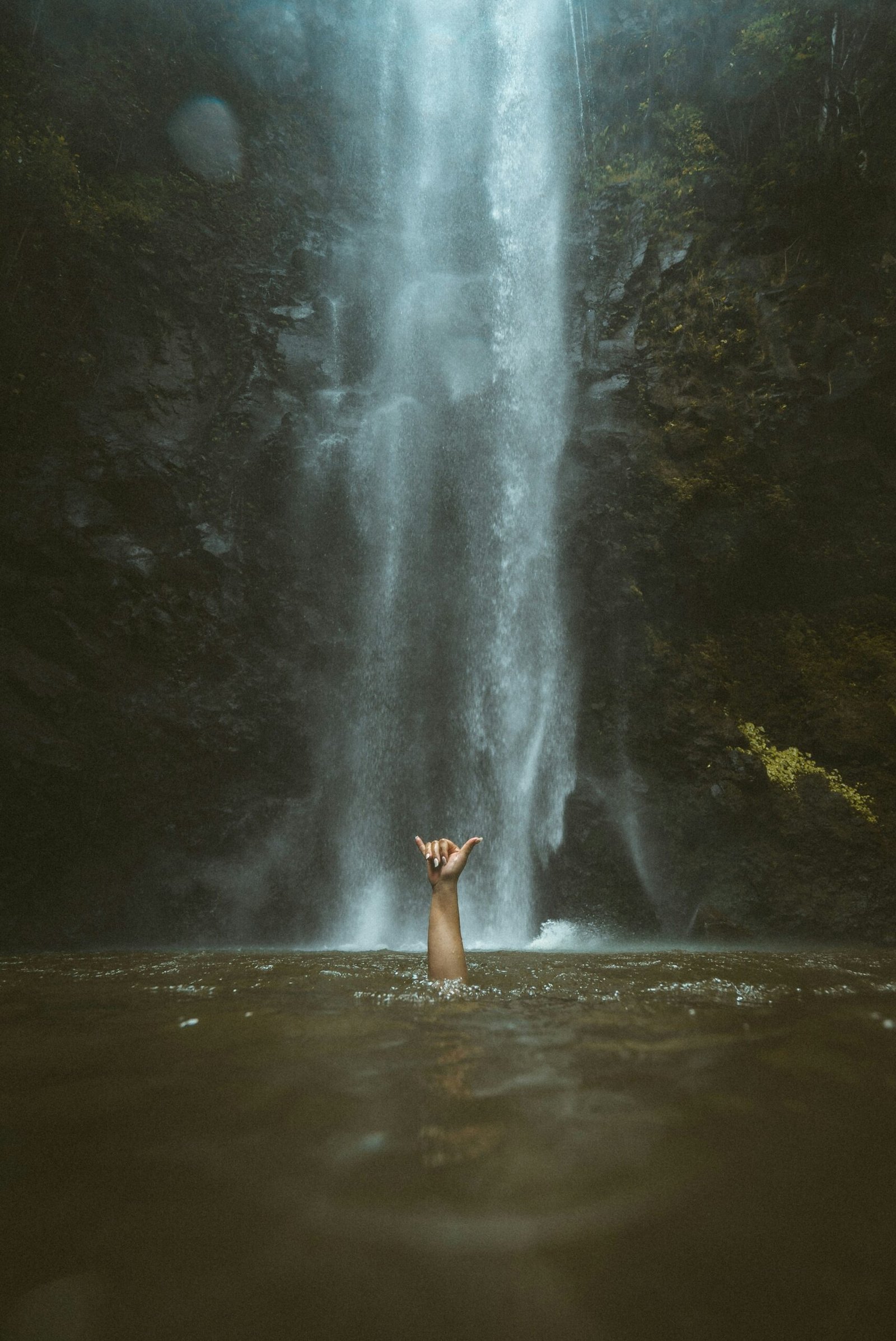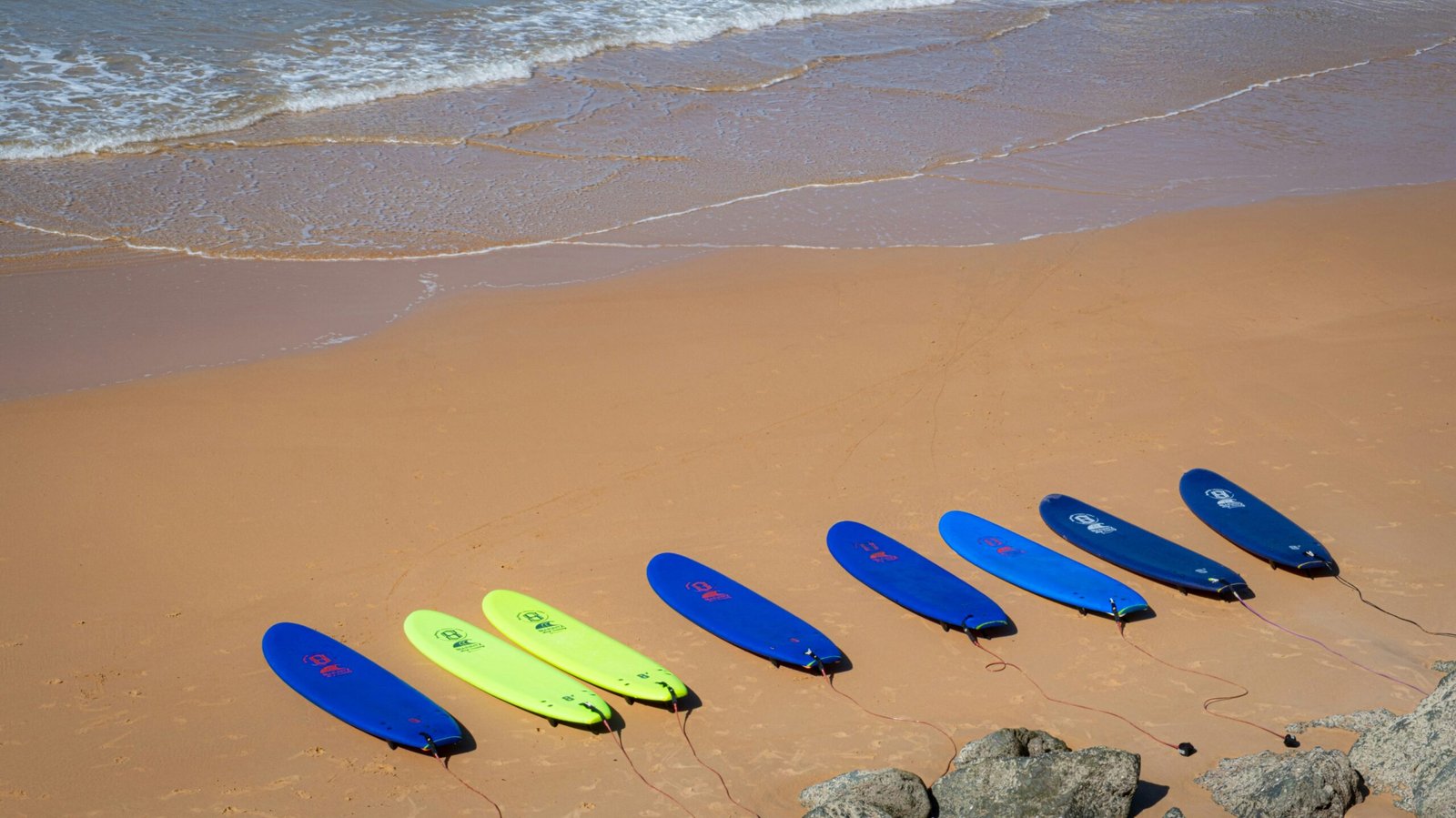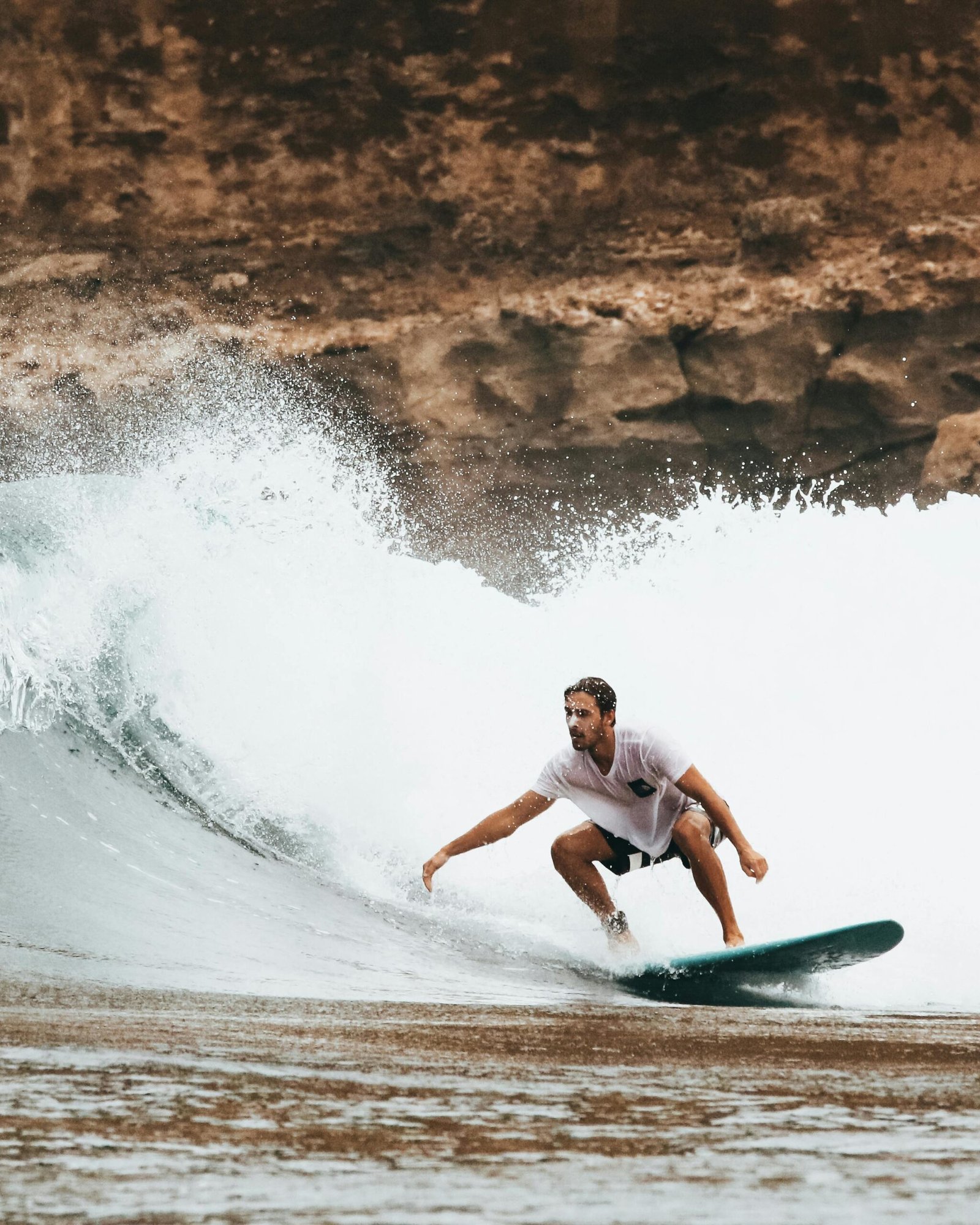-

Exploring Currumbin Alley: A Surfing Paradise
Introduction to Currumbin Alley Surfing Currumbin Alley is a celebrated surfing destination located on the Gold Coast of Australia. Renowned…
-

Surfing in Kauai: A Surfer’s Paradise
Introduction to Surfing in Kauai Kauai, known as the “Garden Isle,” is not only celebrated for its lush landscapes and…
-

Cocoa Beach surfing: The Ultimate Guide for Surfing Enthusiasts
Introduction to Cocoa Beach surfing Cocoa Beach surfing, located along the east coast of Florida, is a premier destination for…
-

Surfing in Georgia, USA: A Hidden Gem for Wave Riders
Introduction to Surfing in Georgia Surfing is often associated with well-known coastal destinations such as California or Hawaii; however, Georgia,…
